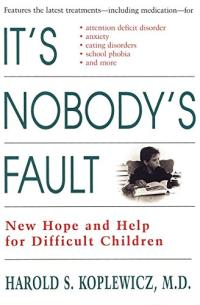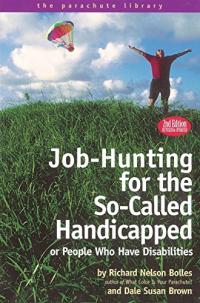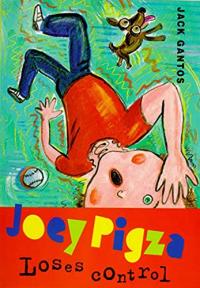
How to Reach and Teach All Children in the Inclusive Classroom
“Steer your students toward academic, social, and emotional success regardless of their learning styles, ability levels, skills, and behaviors. This book provides strategies and activities to differentiated instruction, engage reluctant readers and writers, boost organization and study skills and more.” — Learning Journal








